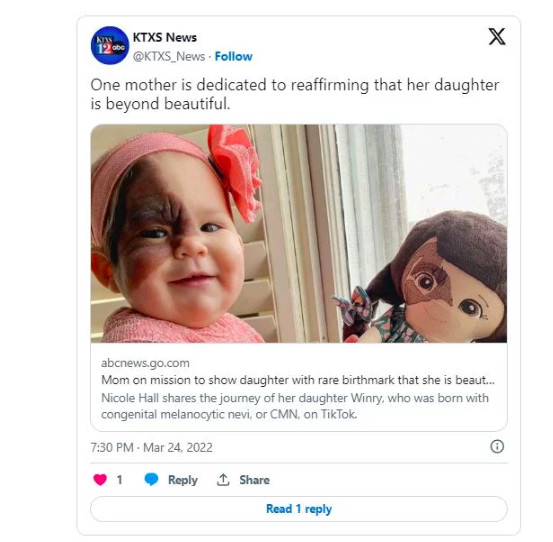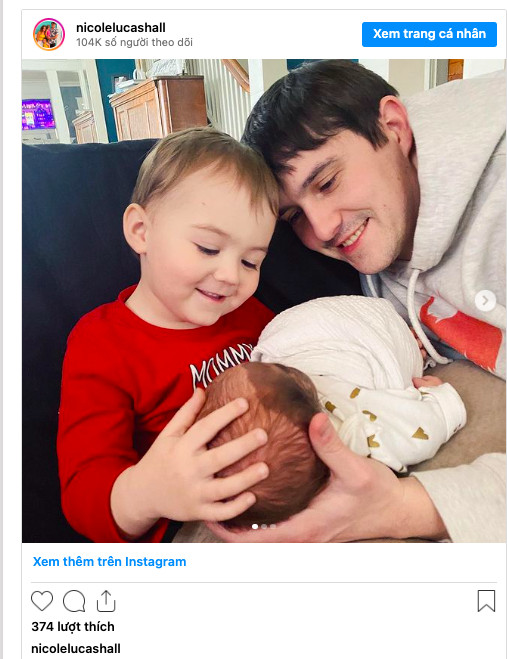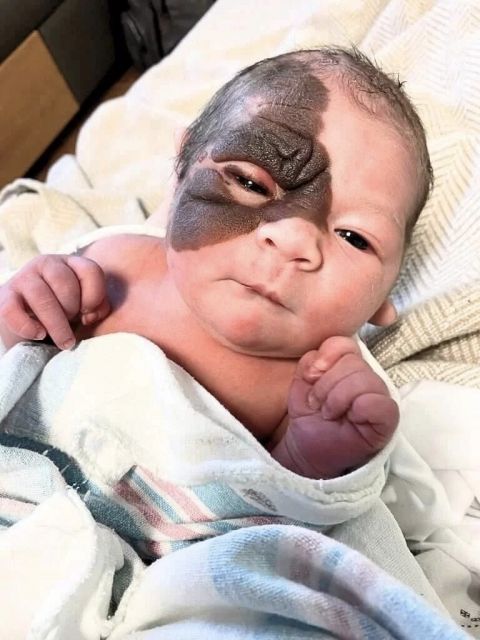One amazing thing about being human is that we are all built the same way. Over time, we have learned to accept and celebrate the things that make each of us different.
Nicole Hall worries that as her lovely daughter Winry grows up, she might face challenges because of her unique appearance. Nicole is committed to raising awareness about congenital melanocytic nevi.
Congenital Melanocytic Nevi (CMN) is a term for moles that are present from birth or develop in the first few months after birth. Most of the time, these moles don’t cause health issues, but they can have some risks. Some cases may require removal to reduce the risk of skin cancer or improve appearance.
It’s important for us to accept and celebrate our differences. If we focus on what makes each person unique instead of dividing ourselves, the world can be a better place.
When Winry was born, she looked different from other babies. At first, her parents thought it was a bruise, but later they learned she had congenital melanocytic nevi.

“When they gave Winry to me for the first time, I thought she had a bruise. But my husband and I soon realized it wasn’t a bruise. It looked a lot like a mole,” explained mom Nicole Hall to Good Morning America.
Doctors Harper Price from Phoenix Children’s Hospital and Heather Etchevers from Marseille Medical Genetics wrote in a report that Winry’s condition makes black and brown patches show up on various parts of her body.
As we mentioned before, big moles, especially on Winry’s face, can have a small risk of turning into melanoma, a kind of skin cancer. The chance is not very high, but Nicole always makes sure to protect Winry from the sun. She puts sunscreen on her and takes all the necessary steps.
“Winry’s health and happiness are the most important things for us. We have to watch her carefully with sunscreen. I’m cautious about making her wear hats and such. I know going to the dermatologist regularly will probably be really important as she grows up,” says Nicole.

Winry’s parents know that there might be some unkind people who point, stare, or say mean things to her in school. That’s why they are committed to raising awareness about her condition.
“For many people, seeing a birthmark like Winry’s might be a new thing, and that’s why I like sharing her story,” says Nicole. “It’s a good conversation for parents to have with their children, showing them that kids can be different. And for parents with kids like Winry, it’s important for them to see their child being represented.”
Winry is a very happy and healthy kid, and her parents hope that she learns to accept her appearance while she’s still young so she can handle things well as she grows up.
“She just spreads joy. She’s almost always laughing or making happy sounds. She’s the happiest baby I’ve ever seen,” says her mom. “She’s already a big talker. She might not have many words yet, but she knows how to express herself. She’s already a bit sassy, so we might have our hands full!”

















Leave a Reply